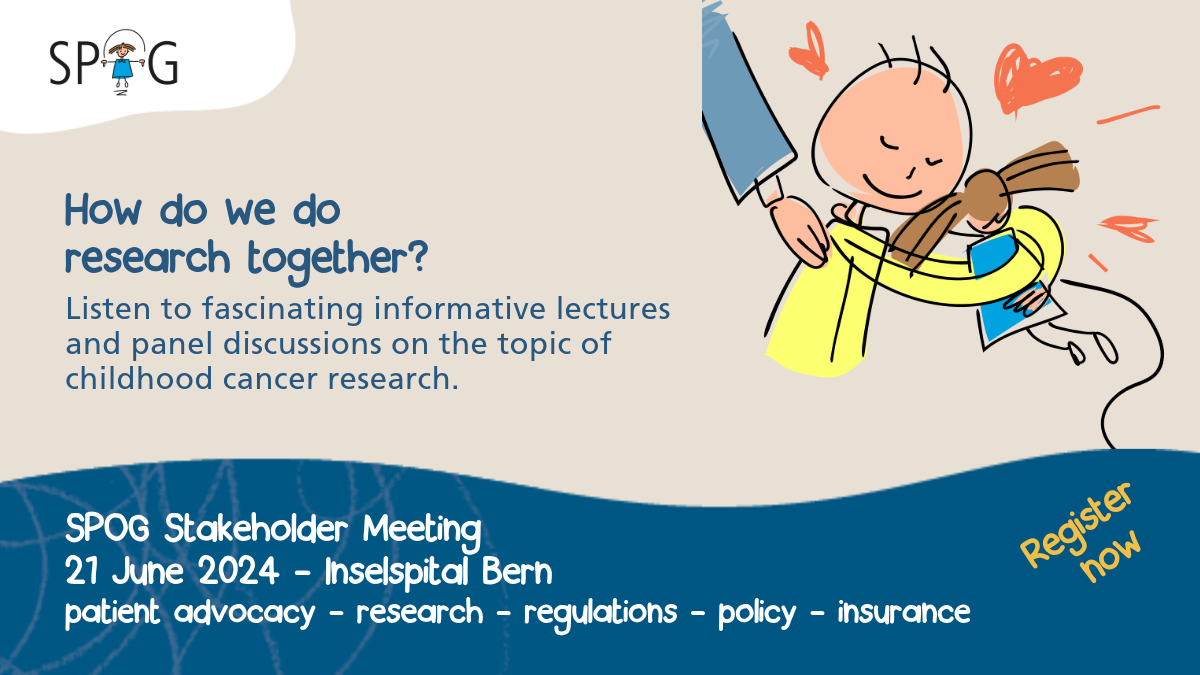In severe aplastic anaemia, SAA for short, the number of blood cells in the body is greatly reduced. The cause of this disease is the almost total loss of the stem cells in the bone marrow, meaning that the process of blood formation no longer functions properly. It is assumed that a defective immune system and genetic mutations play a role.
This makes affected patients more tired and pale; they experience bleeding into the skin or nose bleeds and are unable to fight infections adequately. Untreated, SAA can lead to serious bleeding, infections and leukaemias. One to five children and adolescents are affected by this disease every year in Switzerland and can participate in the study.
This study aims mainly to investigate scientific questions relating to the development and behaviour of SAA. Since it is assumed that SAA is caused partly by genetic defects, the focus of the study will be on locating these genetic triggers. Blood and bone marrow samples obtained from patents during routine examinations will be studied for genetic mutations using modern analytical methods in the laboratory. A single gene mutation is unlikely to be the cause of the disease; rather, the investigations are expected to identify a large number of genetic traits, the significance of which is currently not known. In addition, clinical data will be collected to record the response to therapy and any side effects. The aim is to obtain more information about this rare disease as a basis for developing better forms of therapy in the future.
The University Hospital of Freiburg in Germany is responsible for the international implementation of the study as sponsor. The Swiss Paediatric Oncology Group (SPOG) is responsible for performing the study in Switzerland (sponsor representative).
In short
- The study is investigating the development and course of severe aplastic anaemia (SAA) independently of treatment.
- This study is designed to obtain new findings on SAA so that better forms of treatment can be developed.
- Participating children and adolescents benefit from treatment recommendations. The study may also improve the treatments for future patients.




